Yes, red light therapy can reduce hyperpigmentation caused by inflammation, stress, or breakouts. It energizes skin cells, improves circulation, and calms irritation that triggers excess melanin.

In other words, red light is your ally if you're battling stubborn pigmentation after breakouts or sun exposure. The key is wavelength accuracy, device strength, and ditching daily triggers that keep inflammation alive.
At Lumara, our 660nm Red Light Therapy VISO Mask delivers the clinical energy your skin needs to regenerate fast, without leopard-spotting or wasted sessions.
Want to understand what’s causing your dark spots, and what red light can do about them? Let’s break it down.
What Hyperpigmentation Means For Your Skin
Why Pigment Lingers After Acne, Sun, or Injury
Discoloration often begins after inflammation. Acne, sunburn, scrapes, and cosmetic irritation all signal the skin to protect itself by producing melanin.
That pigment stays behind, even after the cause heals. Some spots fade in weeks. Others, especially those deeper in the skin, can take months without support.
How Melanin Production Responds to Triggers
Melanin is the skin’s natural defense. When skin detects a threat like heat, UV damage or friction, it increases pigment activity to guard deeper layers.
The same process that shields the skin also leads to uneven tone. That response becomes stronger in melanin-rich skin, making discoloration harder to fade once it appears.
How Red Light Interacts With Pigmented Skin
Cellular Repair From 630–660nm Red Light
Red light in the 630–660nm range triggers mitochondria to produce more ATP, energy that powers cell repair and collagen renewal. As the skin regenerates, inflammation decreases, and surface turnover increases.
That activity can help fade discoloration left behind by acne or barrier stress. Red light also calms reactive skin, which reduces ongoing melanin stimulation. While it does not bleach pigment, it helps skin heal more evenly over time.
Wavelengths That Help With Tone Correction
When to Use 660nm Red Light
Red light therapy at 660nm has shown real promise for improving hyperpigmentation, especially when dark spots stem from inflammation, acne, or barrier disruption. By energizing skin cells and boosting circulation, red light supports the body’s natural healing process, helping the skin regenerate more evenly over time.
With consistent use and the right device, red light can help restore clarity, confidence, and visible tone correction, one session at a time.
When to Add 525nm Green Light
Green light reaches the upper layers of the skin, where sun spots, melanin buildup, and uneven tone often take hold. One study found that green light significantly improved UVB-damaged skin, pointing to its protective and restorative potential.
By calming UV-induced stress and supporting healthy cellular function, green light may help fade discoloration across the forehead, cheeks, and temple without triggering further inflammation.
Devices That Deliver Results, and Ones That Don’t
Specs That Matter for Pigmentation Support
Energy output affects how deep light reaches and how effectively it signals the skin to respond.
The best results happen with devices that deliver 5 joules per square centimeter and stay within target wavelengths. Irradiance levels around 20 mW/cm² allow for shorter, more efficient sessions.
The VISO provides structured coverage for the face with evenly spaced LEDs that minimize treatment gaps or shadowing.
Myths That Mislead Buyers
More colors don’t mean better outcomes. In fact, devices that cycle through red, blue, green, and yellow lights without disclosing specific wavelengths or irradiance levels are often built more for aesthetics than results. These color-shifting masks might look impressive, but without targeted energy delivery and clinical specs, they offer little to no therapeutic benefit.
Skin cells don’t respond to color; they respond to precise wavelengths and consistent energy doses.
Brightness is also misleading. Just because a device glows intensely doesn’t mean it’s delivering the depth or dosage required to influence melanin production, calm inflammation, or support cellular turnover.
True therapeutic power is measured in joules per square centimeter, not in how “bright” a panel appears.
At Lumara, we focus on calibrated output, optical precision, and evidence-based design because light therapy should change your skin, not just your selfie.
How to Build a Routine That Actually Works
Frequency and Duration Based on Output
Red light therapy sessions typically range from 5 to 20 minutes, depending on the strength of the device.
High-output devices like the Red Light Therapy Panel or VISO Mask reach therapeutic doses faster. Most users begin with three to five sessions per week and track visible changes every two to four weeks.
Skipping sessions resets the cycle, which delays progress.
Pairing Light With Skincare Without Triggering Flare-Ups
LED sessions should happen on clean, dry skin. Serums or moisturizers with acids, retinoids, or peels should be avoided right before and after treatment. Red light pairs well with niacinamide, hyaluronic acid, and barrier-strengthening products.
Hydration before and after each session helps the skin manage cellular turnover. Sunscreen is non-negotiable the next morning, especially when working on hyperpigmentation.
Building a Setup That Matches Your Skin’s Needs
When it comes to fading hyperpigmentation, precision matters more than promises. The right wavelength, the right energy output, and the right consistency are what drive change, three things most devices get wrong.
At Lumara, we engineer every product with clinical-grade specs, medical credibility, and your results in mind. Don’t gamble on hype, trust the brand built on science, results, and the belief that skin should be treated like a lab, not a lottery.
Ready to build your perfect setup? Start here:
-
VISO LED Mask: 660nm red light in a lightweight, portable mask, ideal for daily use and gentle skin rejuvenation.
-
Illuminate Red Panel: 660nm red light, 5 joules/cm² in five minutes, full-face coverage with no leopard spots.
-
Green Light Panel: 525nm green light to support surface-level tone correction and reduce sun-triggered melanin buildup.
Explore the full collection and experience why skin professionals and results-driven users trust Lumara to do what others can’t.
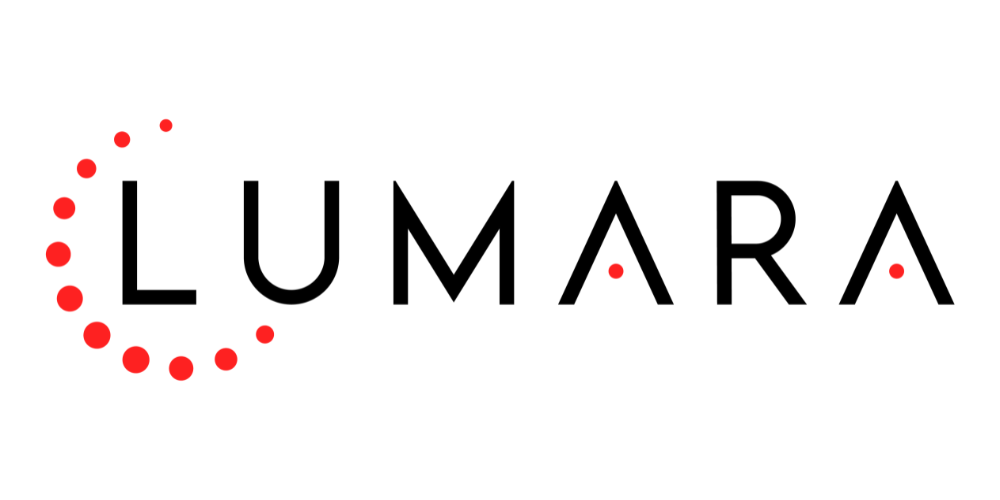
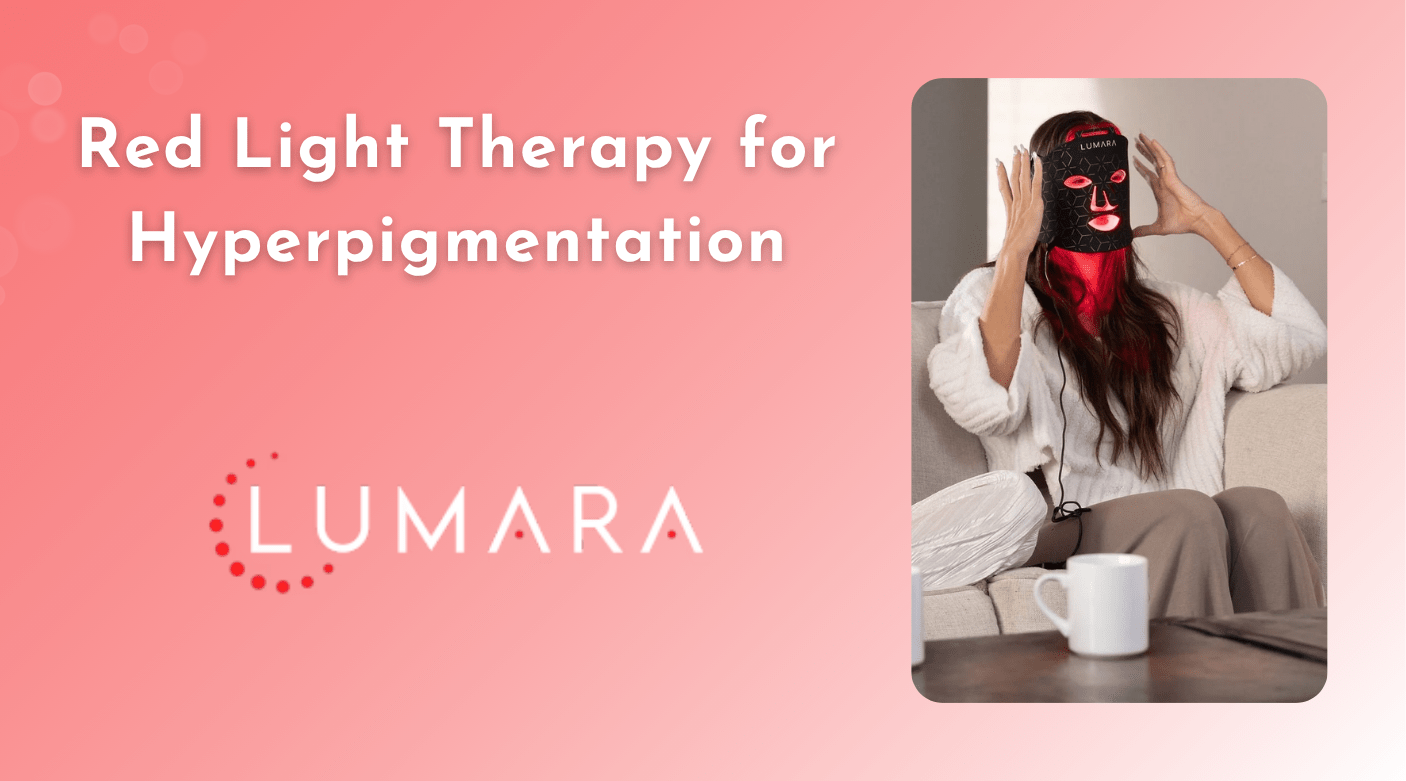
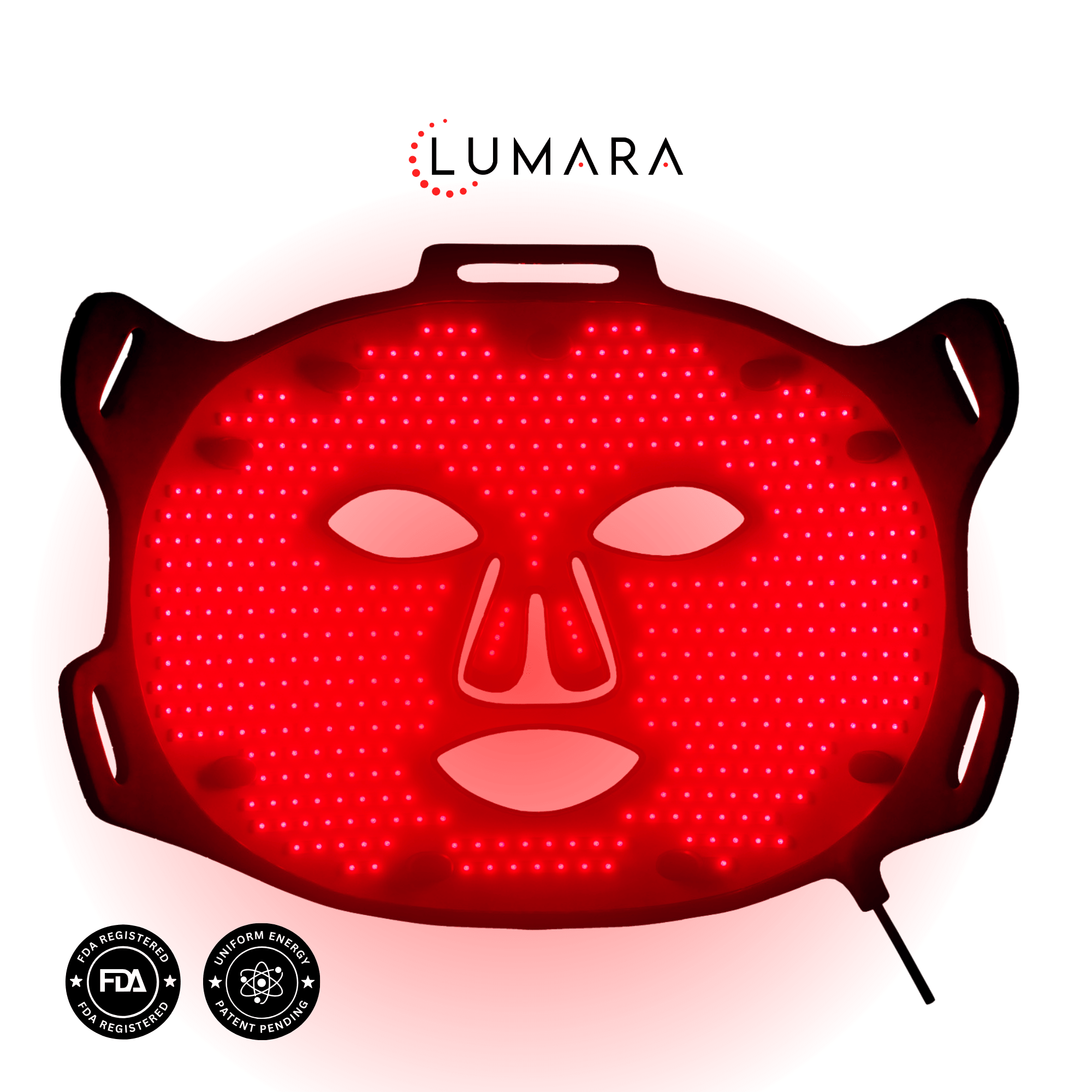

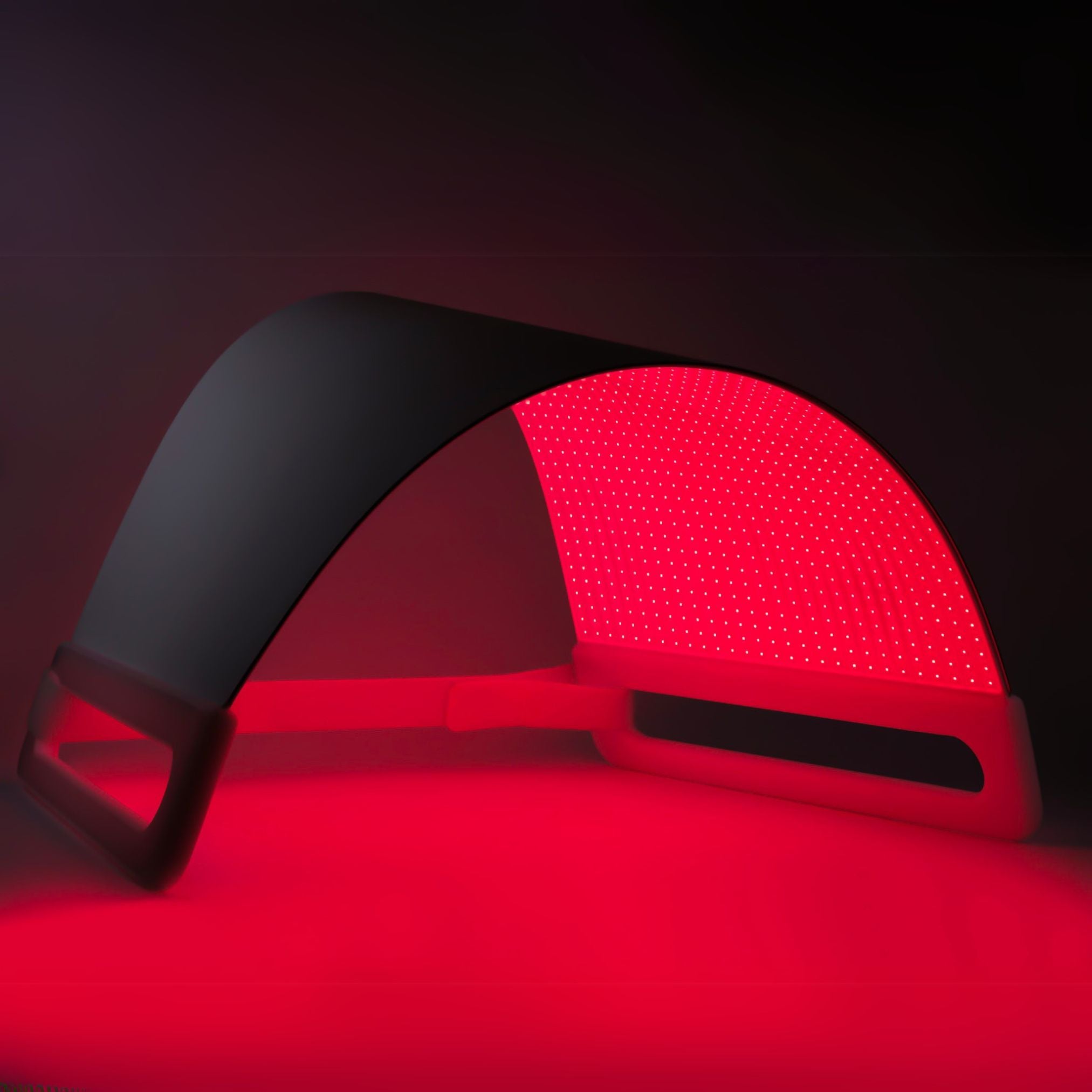
Share:
Red Light Therapy for Acne: Does It Work?
Red Light Therapy on the Stomach: Benefits You Should Know